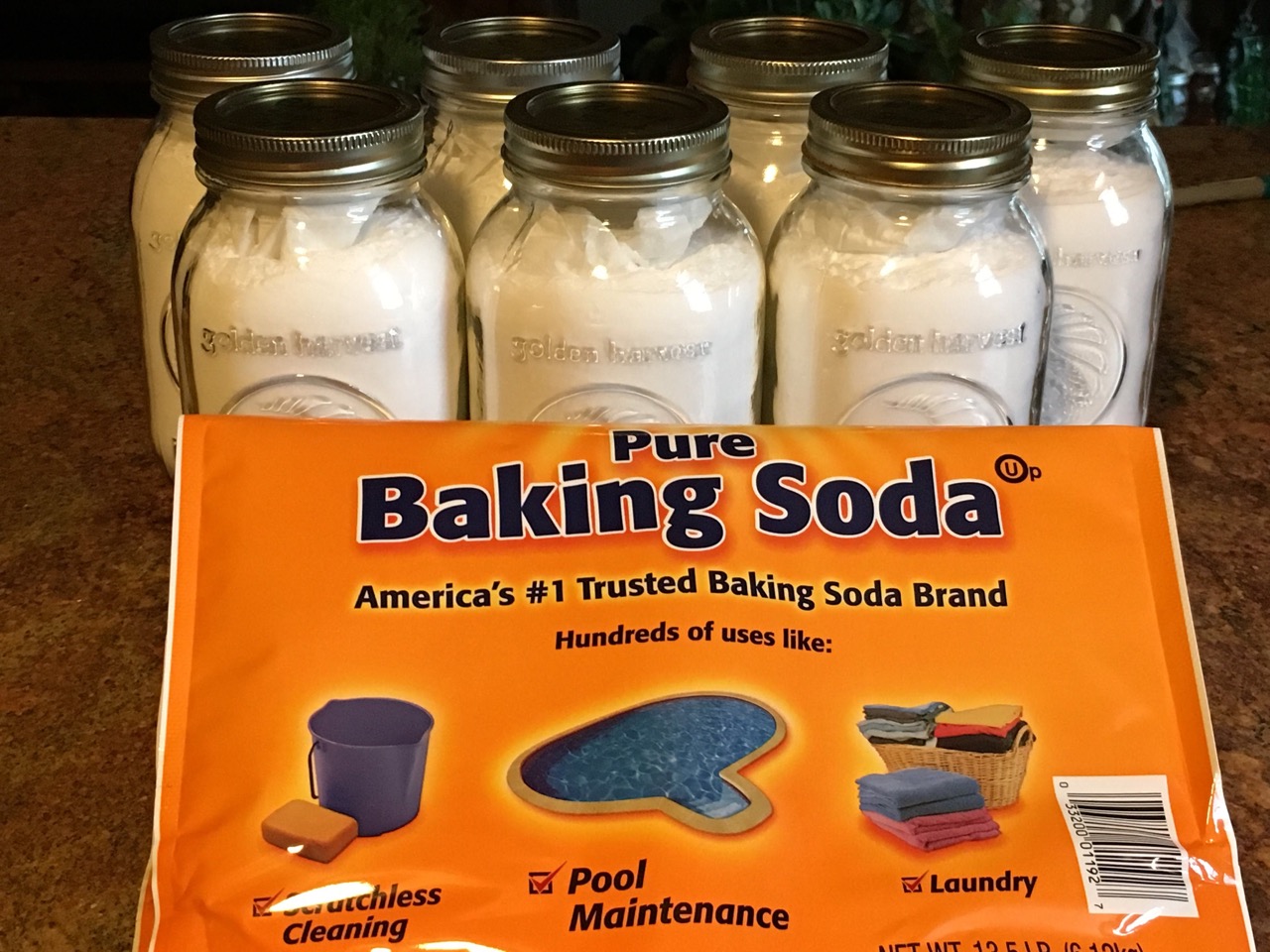

Articles
How To Store Baking Soda Long Term
Modified: May 6, 2024
Learn the best methods for storing baking soda long term in this informative article.
(Many of the links in this article redirect to a specific reviewed product. Your purchase of these products through affiliate links helps to generate commission for Storables.com, at no extra cost. Learn more)
Introduction
Welcome to the world of baking soda! Whether you’re an avid baker, a home cook, or simply someone who enjoys the benefits of natural cleaning solutions, you’re likely familiar with the wonders of this simple white powder. Baking soda, also known as sodium bicarbonate, has been a staple ingredient in kitchens and households for generations. Its versatility and affordability make it a must-have item for countless applications.
But have you ever wondered about the shelf life of baking soda? How long can you keep it on hand without losing its potency? And how can you ensure that it remains fresh and usable for an extended period?
In this article, we will explore the ins and outs of storing baking soda long term. We will delve into the reasons why you should consider long-term storage, the factors to consider when doing so, the best containers for storage, how to properly seal the baking soda, and how different environmental conditions can impact its shelf life. Additionally, we will discuss the telltale signs that your baking soda has gone bad and is no longer safe to use.
So, if you’re ready to extend the lifespan of your baking soda and maximize its effectiveness, let’s dive in and discover how to store baking soda for the long term!
Key Takeaways:
- Extend the lifespan of your baking soda by storing it in an airtight container, away from moisture and strong odors. Proper storage ensures freshness and potency for all your baking, cleaning, and personal care needs.
- Keep an eye out for signs of spoiled baking soda, such as clumping, loss of potency, strange odors, and expiration date. Replace spoiled baking soda to ensure optimal results in your favorite recipes and household tasks.
Read more: How To Store Baking Powder Long Term
What is Baking Soda?
Baking soda, scientifically known as sodium bicarbonate, is a white crystalline powder with various practical uses. It is a compound that has been used for centuries in cooking, baking, cleaning, personal care, and even medicinal purposes. Baking soda is considered a leavening agent, meaning it helps dough rise and produces a light, fluffy texture in baked goods.
Chemically, baking soda is a base, which means it has a high pH level. When baking soda comes into contact with an acidic ingredient, such as lemon juice or vinegar, it releases carbon dioxide gas. This gas causes dough to expand, resulting in the familiar rise seen in breads, cakes, and cookies.
Aside from its role as a leavening agent in the kitchen, baking soda has a multitude of other functions. It is a popular ingredient in natural cleaning solutions due to its ability to remove stains, eliminate odors, and act as a mild abrasive. Baking soda can also be used as a deodorizer, toothpaste, and even as an ingredient in homemade beauty products like face masks and bath bombs.
Moreover, baking soda has some potential health benefits. It can help alleviate heartburn and indigestion when consumed in small quantities, and it may also soothe skin irritation and itching when used externally. However, it is important to note that baking soda should be used in moderation and according to recommended guidelines, as excess consumption or improper usage can have adverse effects.
Overall, baking soda is a versatile and useful substance that can be found in almost every household. Whether you’re an avid baker, a DIY enthusiast, or you simply appreciate natural cleaning solutions, baking soda is a pantry staple that offers a range of benefits.
Why Store Baking Soda Long Term?
While baking soda is a common household item that is easy to find and relatively inexpensive, there are several reasons why you may want to consider storing it for the long term:
- Cost Efficiency: Buying baking soda in bulk or during sales and storing it for an extended period can help you save money. It allows you to take advantage of lower prices and avoid frequent trips to the store.
- Emergency Preparedness: Storing baking soda long term ensures that you have a versatile and useful product on hand in case of emergencies or natural disasters. It can be an essential item in a preparedness kit for its multiple uses in cooking, cleaning, and personal care.
- Availability: Baking soda is a common ingredient that is always in demand. By storing it long term, you can ensure that you have a constant supply even if it becomes temporarily unavailable or there are fluctuations in its availability.
- Extended Shelf Life: While baking soda has a long shelf life of up to 2 years when stored properly, it can lose its potency over time. By storing it long term, you can take steps to preserve its freshness and effectiveness for an even longer period.
- Reducing Food Waste: If you buy baking soda in large quantities and don’t use it up quickly, storing it long term can help prevent waste. Proper storage techniques can help maintain its quality and prevent spoilage, allowing you to use it efficiently over an extended period.
By storing baking soda long term, you can ensure that you always have this versatile ingredient on hand when you need it. Whether it’s for baking, cleaning, or other household uses, having a well-stocked supply of baking soda can save you time, money, and stress in the long run.
Factors to Consider When Storing Baking Soda
When it comes to storing baking soda for the long term, there are several factors to consider to ensure its freshness and effectiveness:
- Airtight Container: Baking soda is sensitive to moisture, so it is crucial to store it in an airtight container. This helps prevent the absorption of humidity, which can lead to clumping or a decrease in its leavening power.
- Temperature: Baking soda should be stored in a cool and dry place. High temperatures can accelerate its degradation and reduce its potency. Avoid storing it near heat sources like ovens, stoves, or direct sunlight.
- Humidity: As mentioned earlier, moisture is the enemy of baking soda. Excessive humidity can cause it to clump together or lose its effectiveness. Avoid storing it in areas with high humidity, such as near sinks or in the bathroom.
- Odor Absorption: Baking soda easily absorbs odors from its surroundings. To prevent it from taking on unwanted smells, keep it away from strong-smelling substances, such as spices, cleaning chemicals, or foods with strong odors.
- Labeling: Properly label your container with the date of purchase or the expiration date of the baking soda. This helps you keep track of its shelf life and ensures you use the oldest stock first.
- Storage Quantity: It is best to store baking soda in smaller quantities rather than large amounts. This allows you to open and use only a portion at a time, minimizing its exposure to air, moisture, and potential contamination.
By considering these factors and implementing proper storage practices, you can ensure that your baking soda remains fresh, potent, and ready for use whenever you need it. Now, let’s move on to the next step: choosing the right container for long-term storage.
Choosing the Right Container for Long-Term Storage
When it comes to storing baking soda for the long term, selecting the right container is an essential consideration. The ideal container should be able to protect the baking soda from moisture, air exposure, and odors. Here are some key factors to consider when choosing a container:
- Airtightness: Opt for a container that has a tight-sealing lid or closure mechanism to keep air out and maintain the freshness of the baking soda. This will prevent moisture from entering and affecting its quality.
- Material: Look for a container made of a non-reactive material to avoid any chemical interactions with the baking soda. Glass containers with airtight silicone or rubber seals, or food-grade plastic containers with tight-fitting lids, are popular choices.
- Size: Consider the quantity of baking soda you typically use and choose a container that can accommodate that amount without leaving too much empty space. This reduces the exposure of the baking soda to air, helping to maintain its potency.
- Transparency: While not essential, a transparent or translucent container allows you to easily see the level of baking soda remaining, so you can monitor its usage and plan for replenishment when needed.
- Labeling: Ensure that the container has a space for labeling. Clearly mark the container with the date of purchase or expiration date to keep track of its shelf life and usage.
Remember, the primary goal is to keep the baking soda fresh, dry, and free from contaminants. By selecting a container that meets these criteria, you can extend the shelf life of your baking soda and have it readily available for all your culinary and household needs.
Now that we have covered the importance of choosing the right container, let’s move on to the next step: properly sealing the baking soda for extended shelf life.
Store baking soda in an airtight container in a cool, dry place away from moisture and heat. This will help maintain its effectiveness for long-term use.
Read more: How Long To Leave Baking Soda On A Carpet
Properly Sealing Baking Soda for Extended Shelf Life
Ensuring that baking soda is properly sealed is crucial for maintaining its freshness and extending its shelf life. By taking the following steps, you can effectively seal your baking soda and prevent moisture, air, and odors from compromising its quality:
- Transfer to an airtight container: If your baking soda comes in a cardboard box or open packaging, it is best to transfer it to an airtight container. Choose a container that meets the criteria mentioned earlier, such as one made of glass or food-grade plastic with a tight-sealing lid.
- Remove excess air: Before sealing the container, try to remove as much air as possible. You can do this by gently pressing down on the baking soda or using a vacuum sealer if available. Minimizing the amount of air in the container helps prevent moisture and oxidization.
- Use a moisture absorber: For added protection against moisture, consider placing a moisture absorber packet or a small pouch of silica gel inside the container with the baking soda. These help absorb any excess moisture and maintain a dry environment.
- Tighten the lid or closure: Ensure that the lid or closure of the container is securely tightened to create an airtight seal. This prevents air and odors from entering, preserving the freshness and effectiveness of the baking soda.
- Store in a cool, dry place: Once properly sealed, store the container of baking soda in a cool and dry location. Avoid areas with high humidity, heat, or direct sunlight, as these conditions can compromise the quality and potency of the baking soda.
By following these steps and sealing your baking soda properly, you can significantly prolong its shelf life and maintain its efficacy. Next, let’s explore how different environmental conditions can impact the storage of baking soda.
Storing Baking Soda in Different Environments
The environment in which you store your baking soda can have a significant impact on its shelf life and effectiveness. Here are some guidelines for storing baking soda in different environments:
- Room Temperature: The ideal storage temperature for baking soda is room temperature, around 68°F to 77°F (20°C to 25°C). It is important to avoid exposure to extreme heat or cold, as temperature fluctuations can affect its potency and cause clumping.
- Cool and Dry Place: As mentioned earlier, baking soda should be stored in a cool and dry location. Excessive moisture can cause clumping and reduce its leavening power. Avoid storing it near the sink, dishwasher, or areas prone to humidity, such as the bathroom.
- Refrigerator: While refrigerating baking soda is not necessary for maintaining its freshness, it can be a good option if you live in a particularly humid or hot climate. Storing baking soda in the refrigerator can help keep it cool and dry, prolonging its shelf life.
- Freezer: Unlike refrigeration, freezing baking soda is not recommended. The extreme cold temperatures in the freezer can cause the baking soda to absorb moisture when it thaws, leading to clumping and a decrease in its effectiveness.
- Airtight Containers: Regardless of the environment in which you store your baking soda, always use airtight containers to protect it from air, moisture, and odors. This will help maintain its freshness and potency over an extended period.
Remember to check the condition of your baking soda periodically, especially if it has been stored for a long time. If you notice any clumping or a change in odor, it may be an indication that the baking soda has absorbed moisture or gone bad.
By understanding the impact of different environments on baking soda storage and taking the necessary precautions, you can ensure the longevity of your baking soda and continue to enjoy its benefits in various applications.
Now, let’s move on to the next topic: identifying the signs of spoiled baking soda.
Signs of Spoiled Baking Soda
Although baking soda has a long shelf life when stored properly, it can eventually spoil or lose its effectiveness. Here are some signs that indicate your baking soda may have gone bad:
- Clumping: One of the most common signs of spoiled baking soda is clumping. If the baking soda has absorbed moisture, it will clump together and become hard. This can make it difficult to measure accurately and may affect its leavening power.
- Loss of Potency: Over time, baking soda can lose its potency and effectiveness as a leavening agent. If your baked goods do not rise properly or become dense and heavy, it could be a sign that your baking soda has expired or is no longer fresh.
- Strange Odor: Baking soda is odorless, so if you detect any unusual or foul smell, it is a sign that it may have absorbed odors from its surroundings. This can impact the taste and quality of your baked goods or other applications.
- Expired Date: Baking soda typically has a shelf life of about 2 years. If you notice that the expiration date has passed, it is recommended to replace the baking soda to ensure optimal freshness and effectiveness.
If you observe any of these signs, it’s best to discard the spoiled baking soda and replace it with a fresh batch. Using spoiled baking soda can lead to disappointing results in your baking or other applications, as it may not provide the desired effects or contribute to the desired flavors.
To maximize the shelf life of baking soda, always store it in an airtight container, in a cool and dry place, away from moisture and strong odors. Regularly check the condition of your baking soda to ensure it remains fresh and potent for use in your favorite recipes and household tasks.
Now that you are familiar with the signs of spoiled baking soda, let’s wrap things up.
Conclusion
Baking soda, with its countless uses in baking, cleaning, and personal care, is a versatile ingredient that can be found in almost every household. To ensure that your baking soda remains fresh and effective for an extended period, it’s important to store it properly and be mindful of environmental factors.
By considering key factors such as airtight containers, room temperature storage, and avoiding exposure to moisture and strong odors, you can extend the shelf life of your baking soda. Choosing the right container, properly sealing it, and storing it in a cool, dry place all play crucial roles in maintaining its quality.
It’s worth noting that signs of spoiled baking soda include clumping, loss of potency, strange odor, and expiration date. Being aware of these indicators allows you to identify when your baking soda has gone bad and needs to be replaced.
By taking the necessary precautions and following the guidelines provided in this article, you can ensure that your baking soda remains fresh, potent, and ready for use whenever you need it. Whether you’re baking fluffy cakes, freshening up your home, or exploring the various applications of this versatile ingredient, properly stored baking soda will elevate your results.
So, make sure to store your baking soda in the right container, seal it properly, and store it in a suitable environment. With these practices in place, you can enjoy the benefits of baking soda for an extended period, while being prepared for any culinary, cleaning, or emergency situation that may arise.
Now it’s time to unlock the full potential of your baking soda and make the most out of this humble yet powerful pantry staple! Happy baking, cleaning, and exploring the endless possibilities of baking soda!
Now that you've mastered the art of storing baking soda long term, why stop there? Extend your savvy storage skills with our guide on the best food storage solutions for 2024. Ideal for anyone looking to refresh their storage game, this article is a must-read. Additionally, if reorganizing your space is on the agenda, our comprehensive tips on pantry organization will transform your kitchen into a model of efficiency. Dive into these reads to keep your home well-ordered and your storage strategies sharp!
Frequently Asked Questions about How To Store Baking Soda Long Term
Was this page helpful?
At Storables.com, we guarantee accurate and reliable information. Our content, validated by Expert Board Contributors, is crafted following stringent Editorial Policies. We're committed to providing you with well-researched, expert-backed insights for all your informational needs.
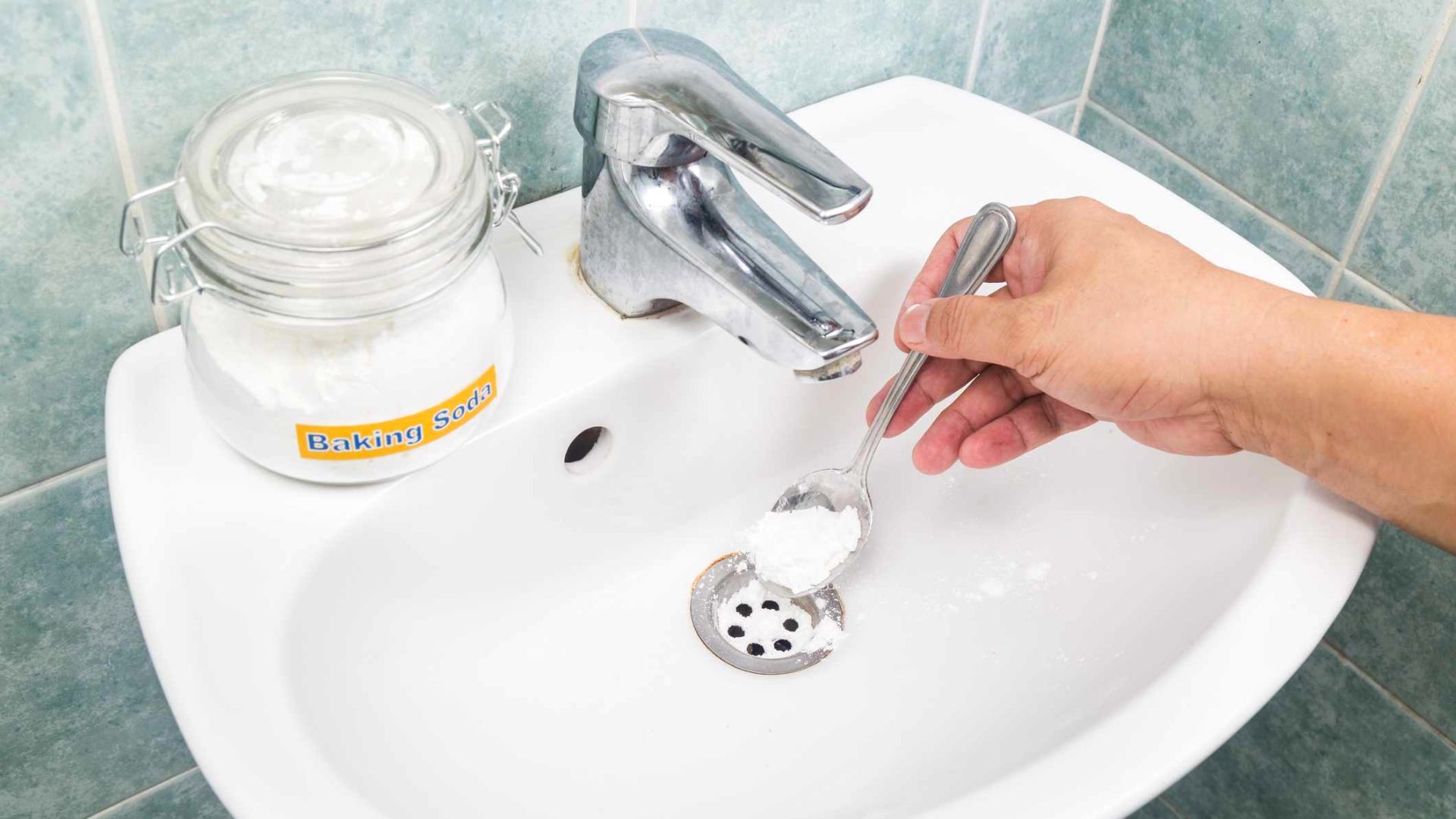
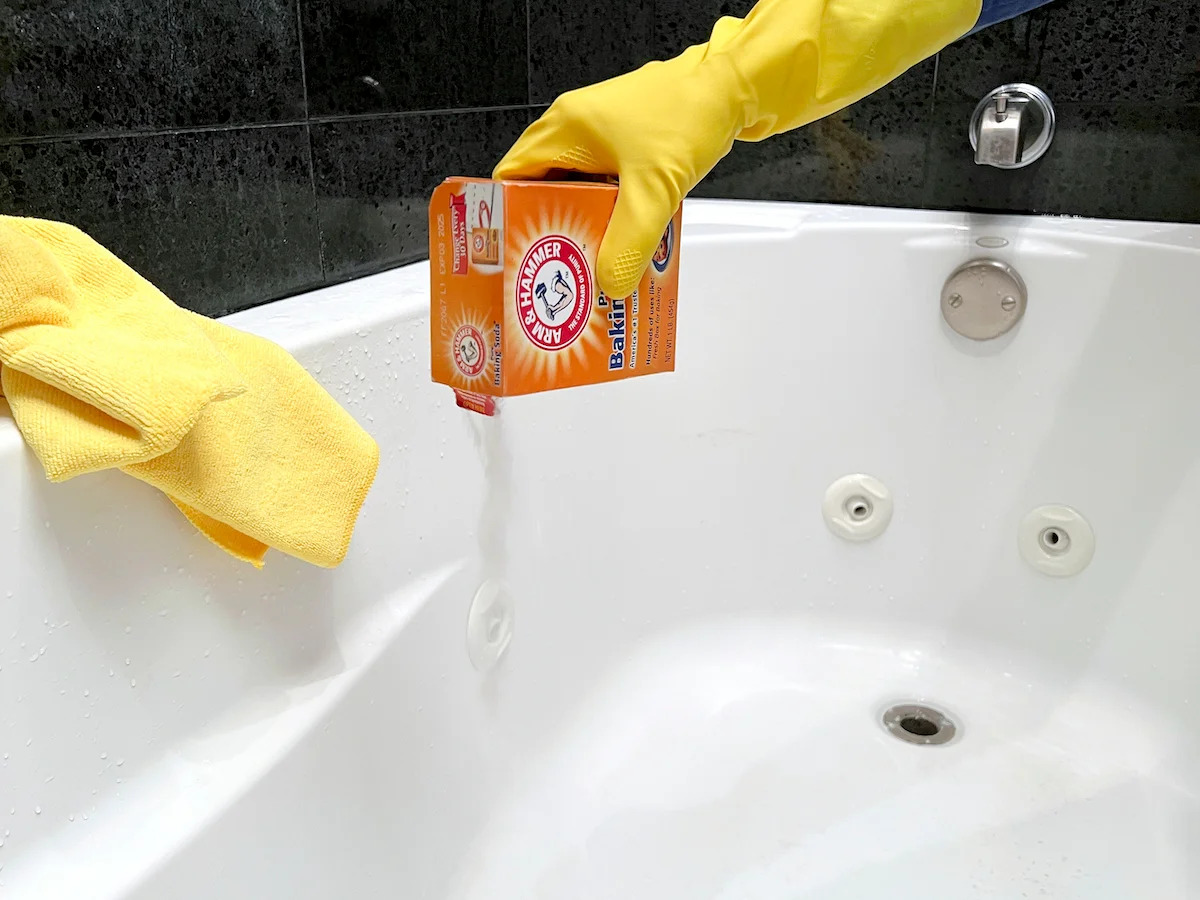
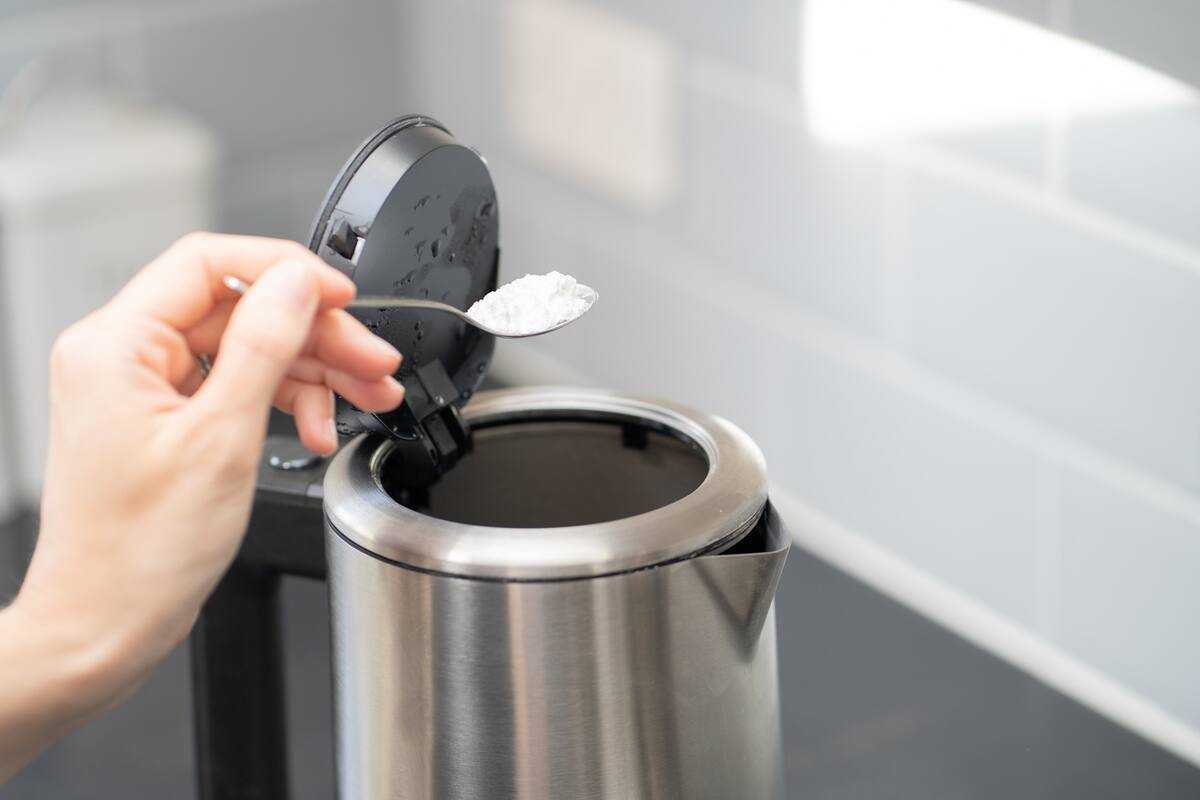
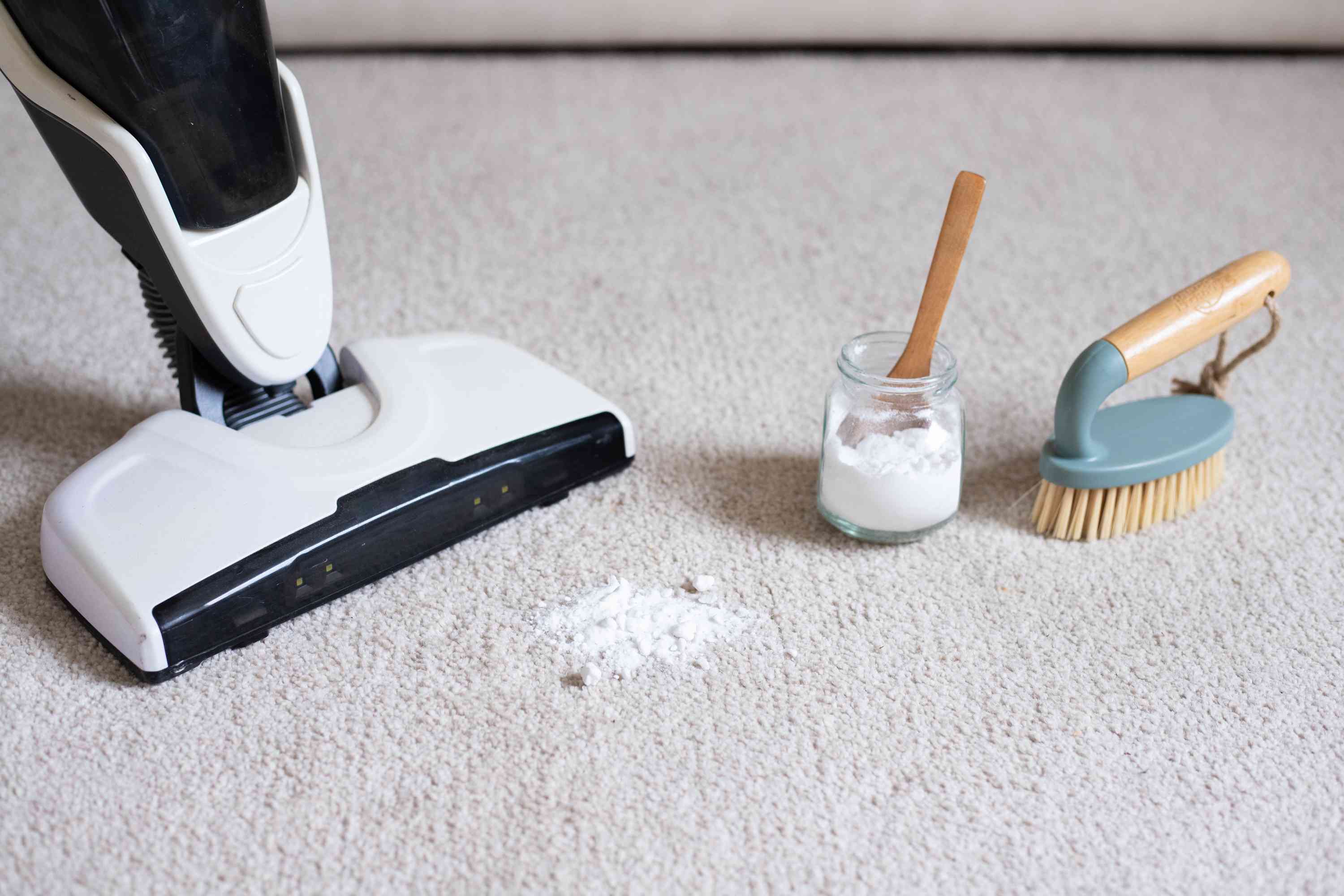
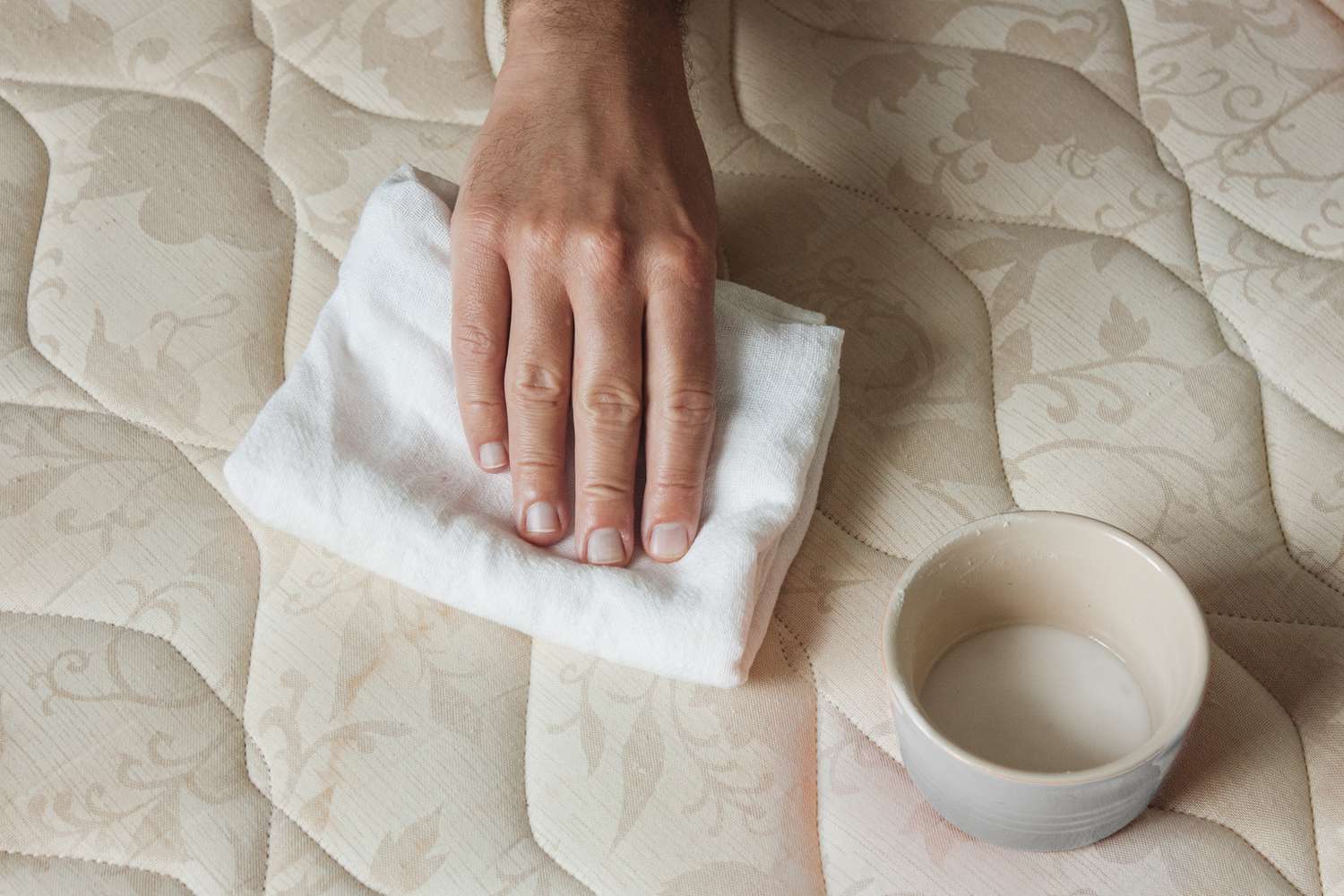
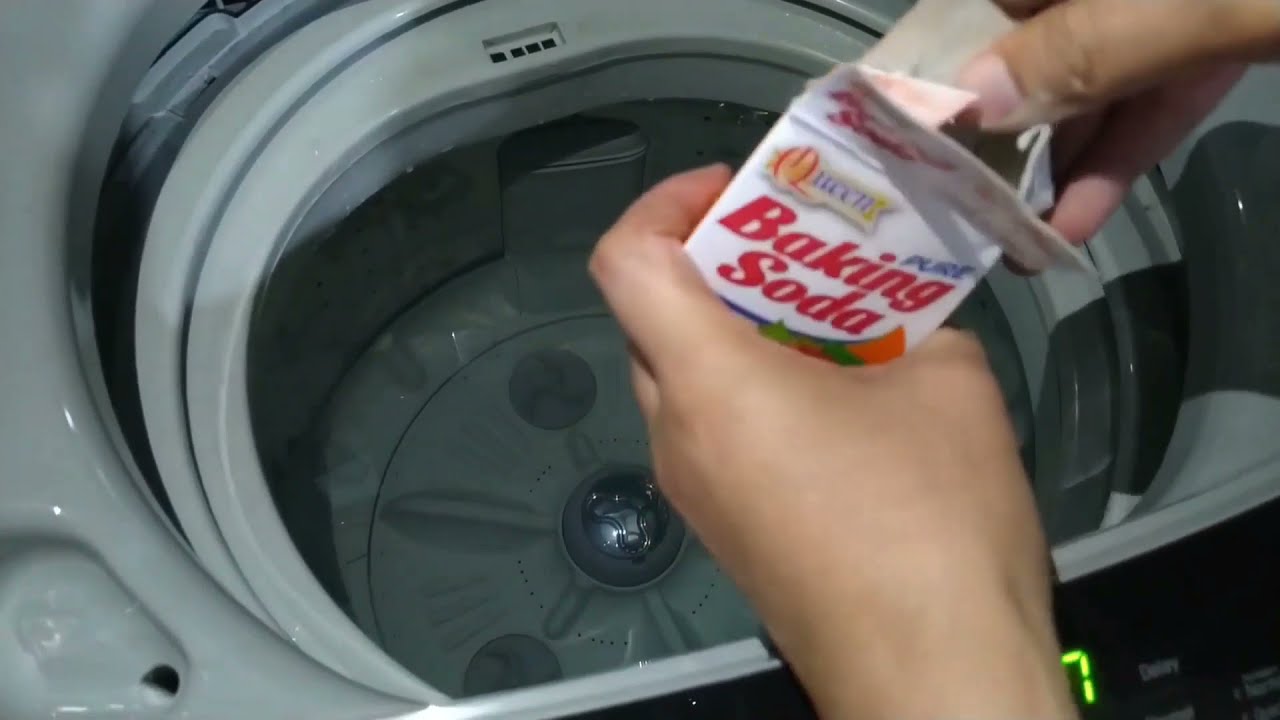
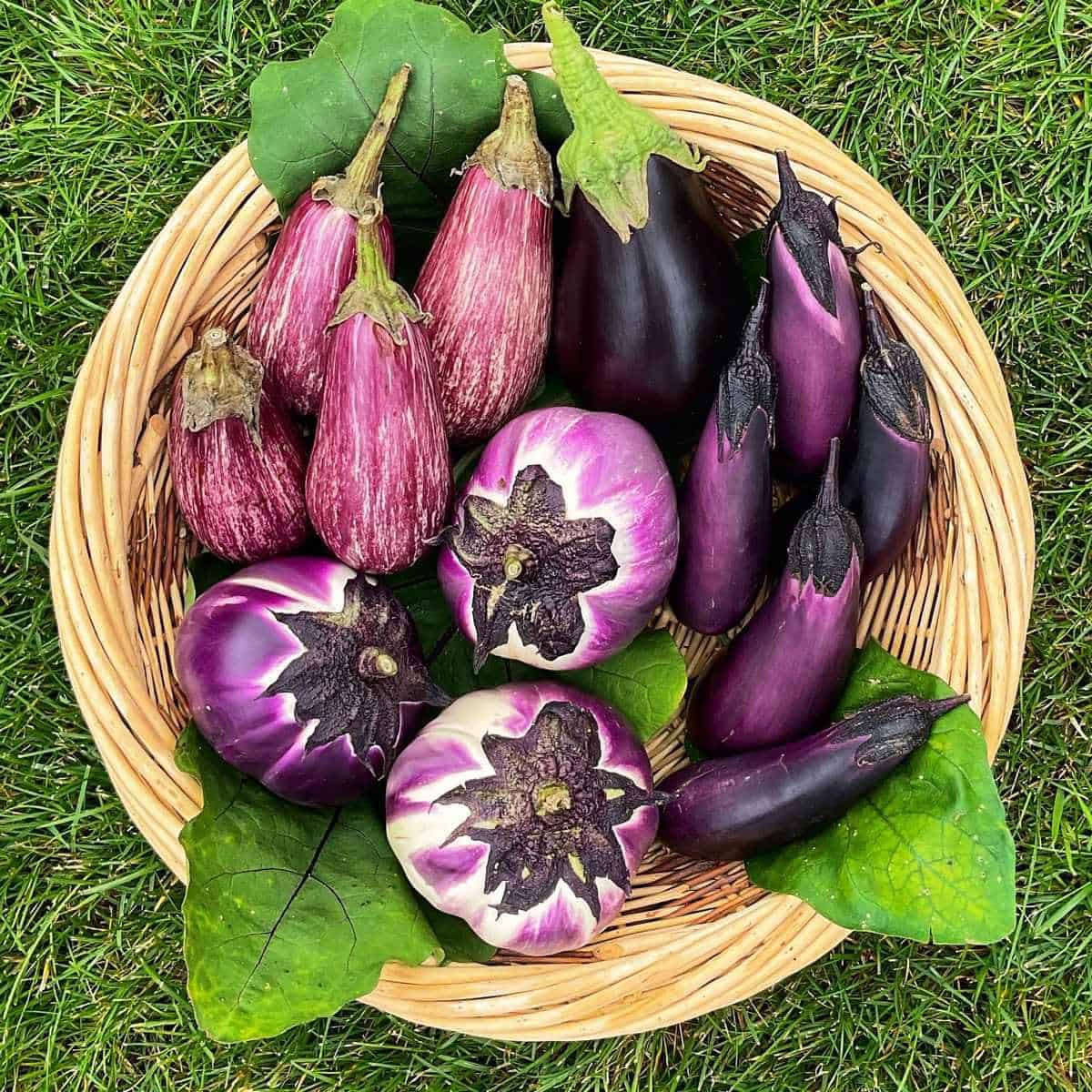

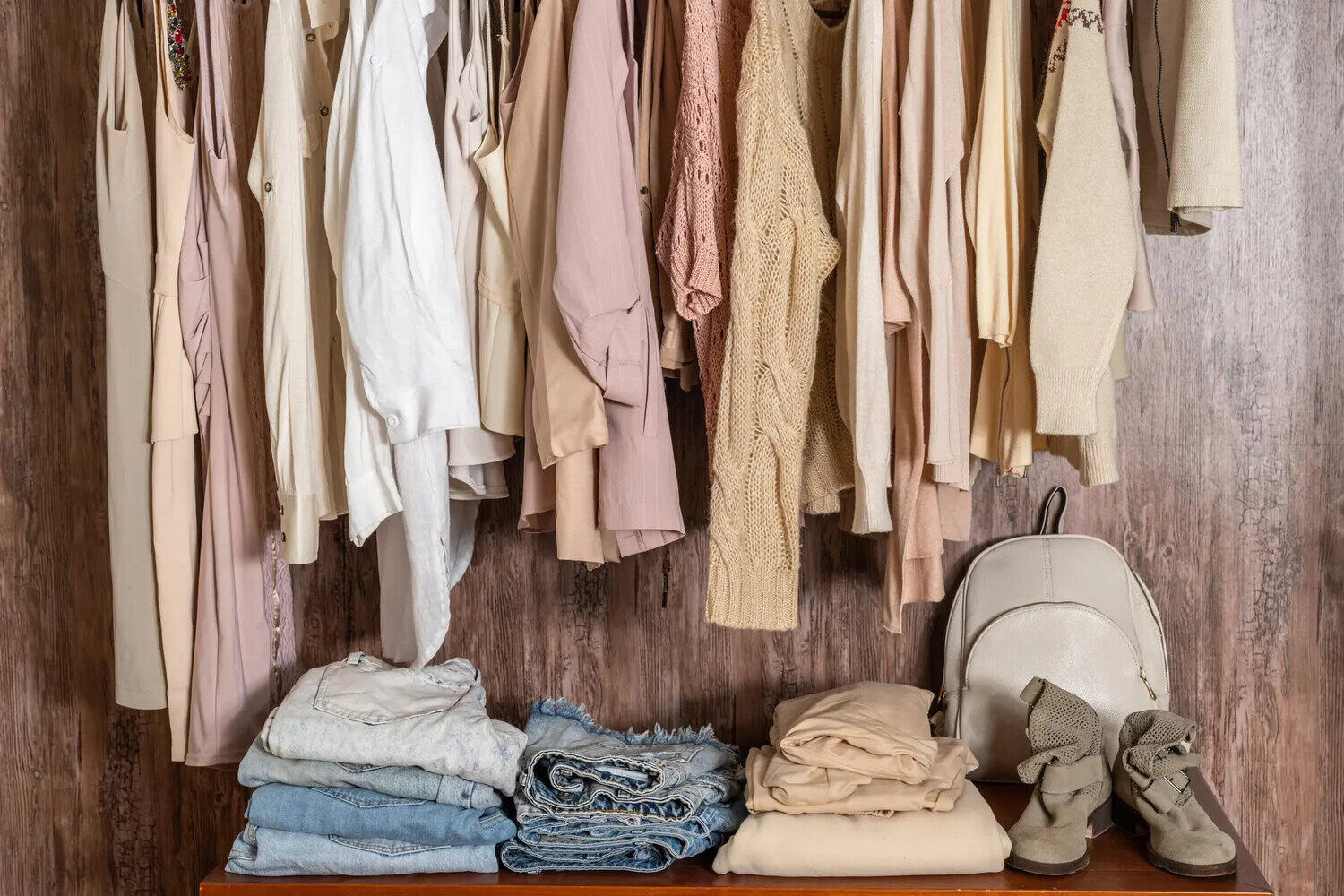
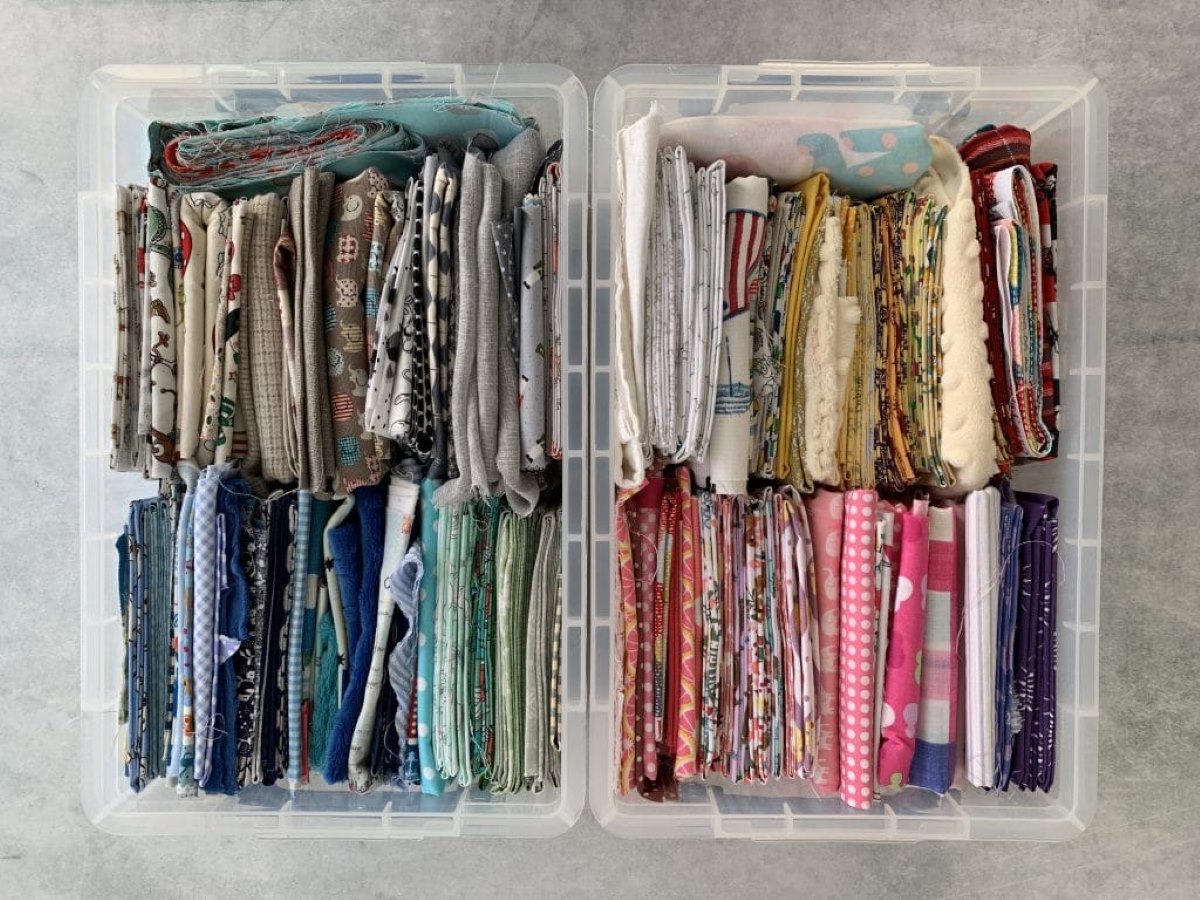
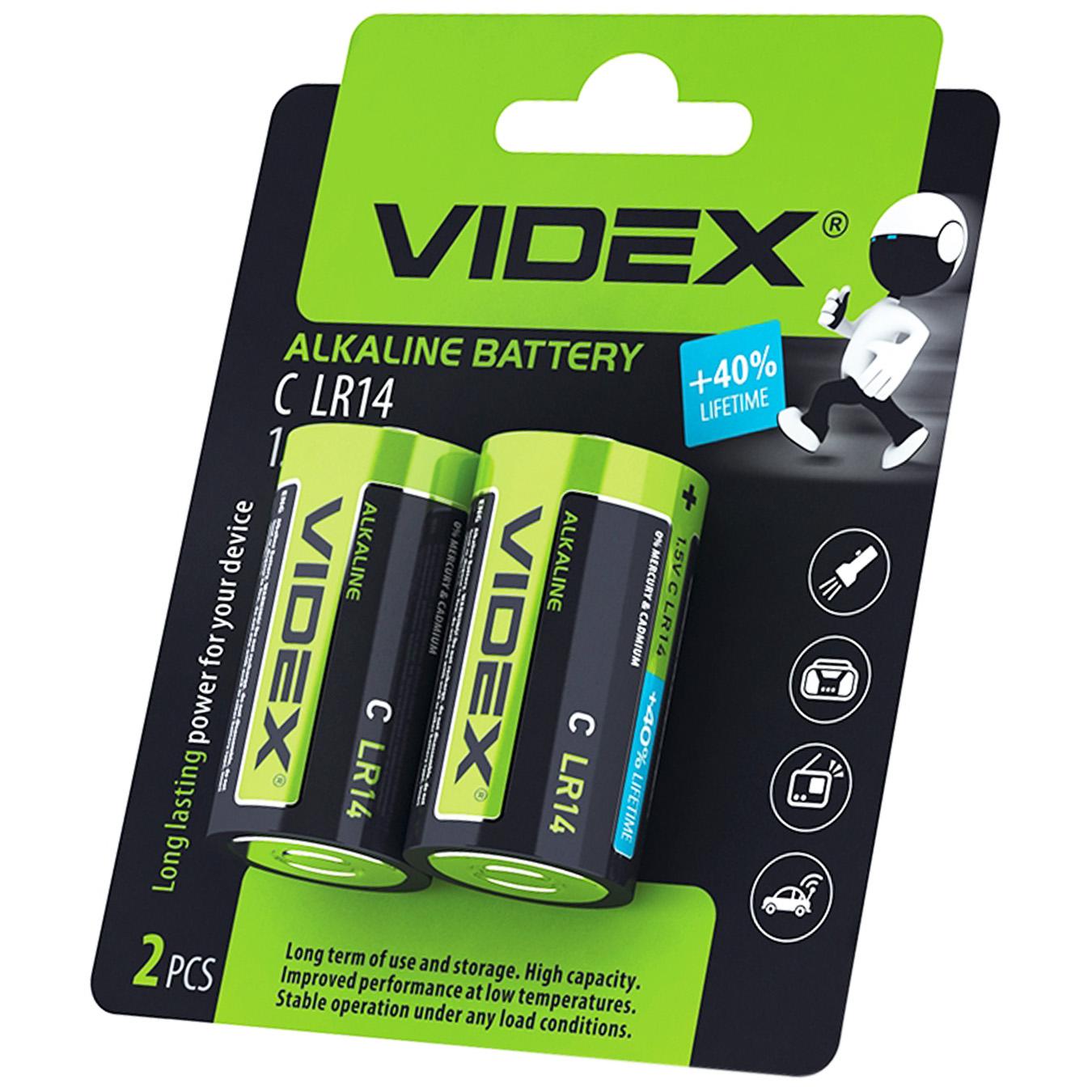
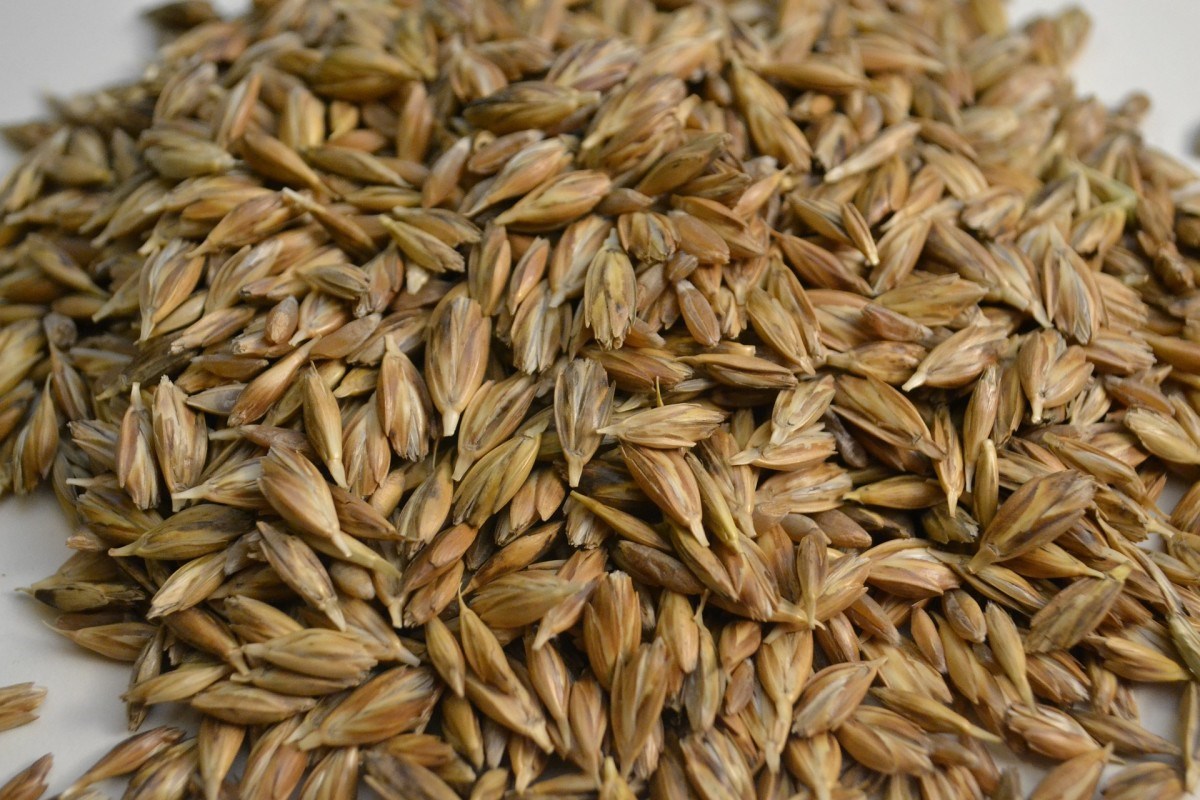
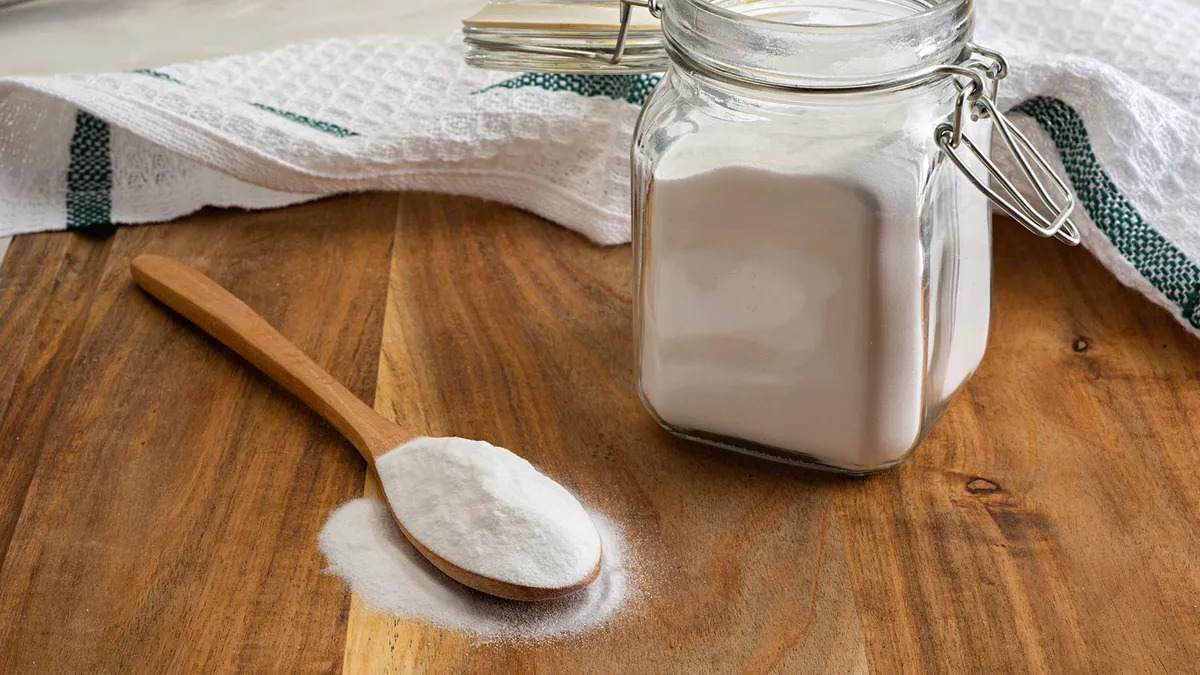
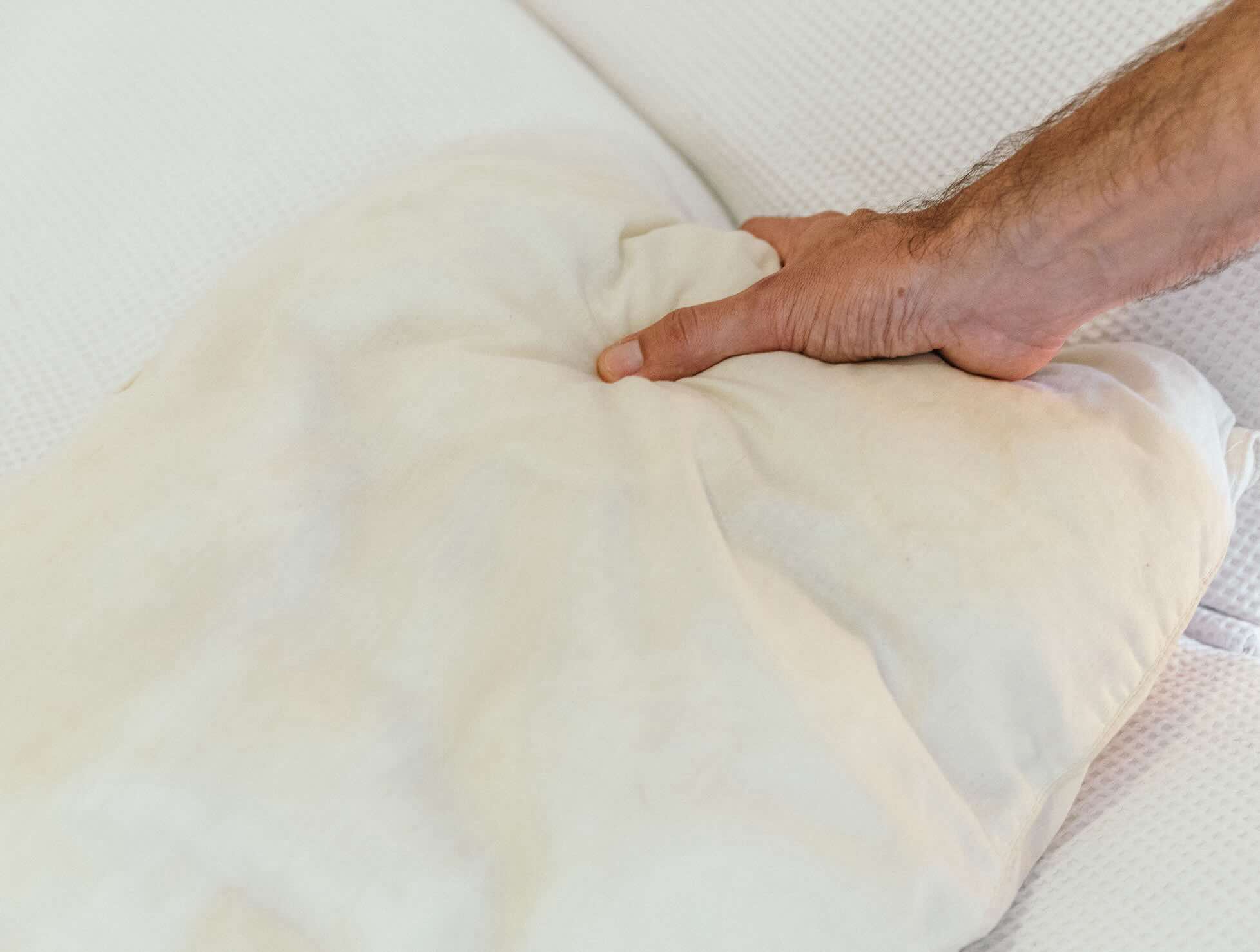

0 thoughts on “How To Store Baking Soda Long Term”